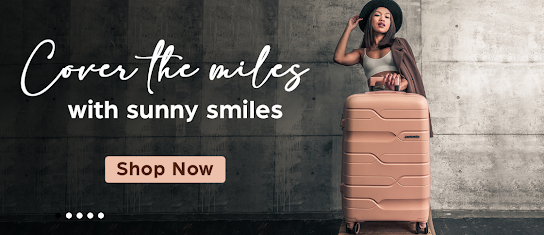Choosing the Right Luggage Bags
The first step in selecting the right luggage bag is to consider its materials. Luggage bags are made of different materials, but one material is typically the most durable. A 100% polycarbonate luggage case is extremely durable and lightweight, with the added benefit that scratches will usually blend in with the color of the suitcase. Another more affordable choice is a polycarbonate composite, which is painted or plated. These are more vulnerable to scratches than 100% polycarbonate luggage.
Drawstring and canvas carry-on bags are made of different materials. Some are backpacks while others are totes. A typical drawstring bag will fit clothes, toiletries, and a mobile phone. They are usually designed with an easy-open feature to avoid losing your items. If you need more room, consider a larger carry-on. Then, you can add an optional laptop compartment. A zippered top makes it easier to access items inside.
When choosing a travel bag, think about how much your travels will entail. A heavy personal item is fine for a weekend reunion in Chicago, while a compact spinner is fine for a month-long trip to Houston. Most travelers don't consider what happens to their luggage once it is out of sight. The baggage handlers are hard workers and concern themselves with getting the plane out of the gate on time. In addition, security screeners are tougher on bags than you think.
Another option is a messenger bag. Messenger bags are small but very functional. They can accommodate large or odd-shaped items, and are highly stylish. However, the downside to a messenger bag is that it is difficult to fold, making it awkward to roll up stairs or onto a pack animal. Originally used by messengers to carry documents, messenger bags have since been adapted for travel as well as for use as a fashionable purse. And, if you're traveling for work or for pleasure, a messenger bag is a great choice.



Comments
Post a Comment